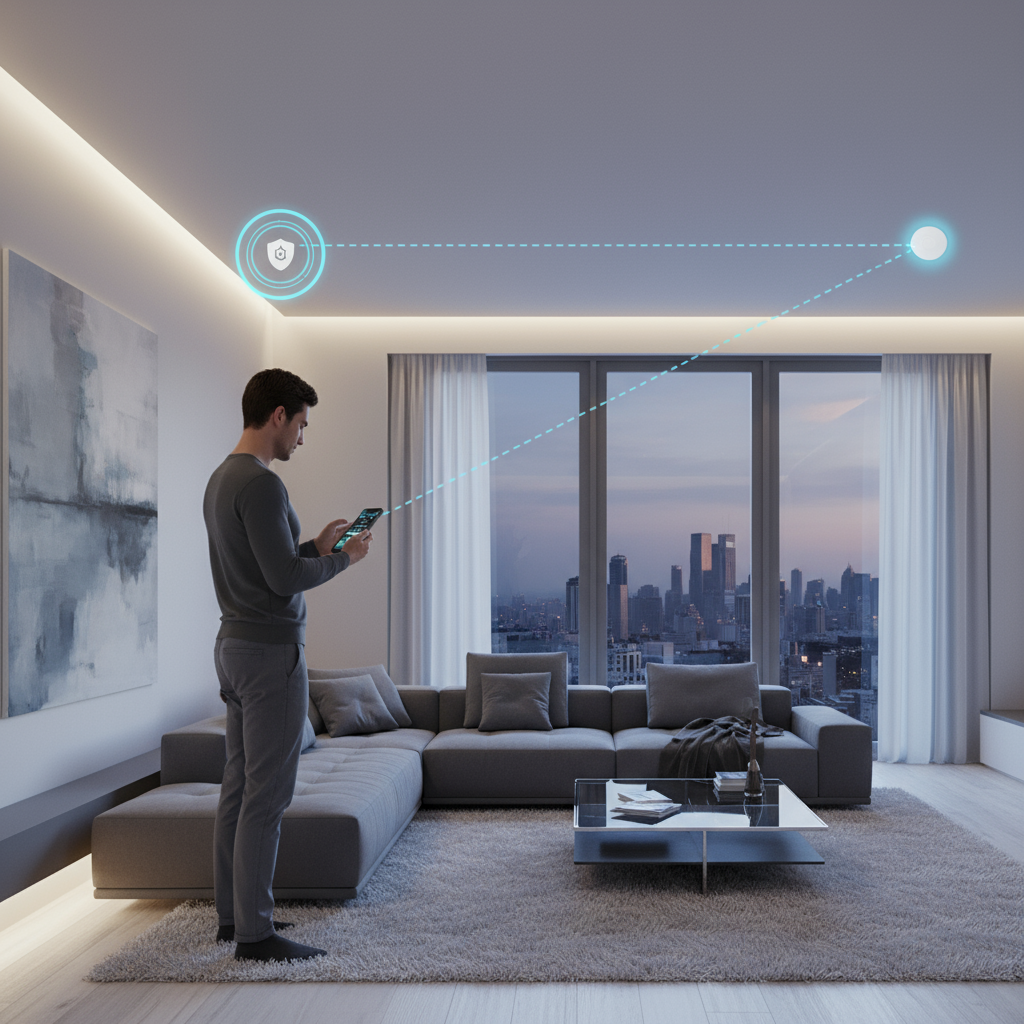DECT Evolution

Overview
DECT Evolution is one of the latest DECT standards and is intended to explore the limits of TDMA/FDMA technology to share radio frequency spectrum among multiple users in wireless communications by adding new modulation schemes to increase the bit rate, channel coding, and reduction of latency. It is implemented as a series of improvements in the DECT CI MAC layer, Network layer and audio coding and transmission.
Two important improvements are covered as part of DECT Evolution and are referred to as Ultra Reliable Low Latency Communication (URLLC) and Low Complexity Communication Codec (LC3plus).

Applications
DECT Evolution was designed for applications in Program Making and Special Events (PSME) such as wireless microphones for live performance and studio environments, for call centers and offices with high density of DECT headsets, wireless public address systems, low latency wireless games controllers and sensors for Augmented Reality (AR) and also in connected healthcare and potentially new applications areas such as industrial automation.
Technical description
DECT Evolution is part of the current DECT standard and enables manufacturers and system integrators to develop applications that can be implemented using the current DECT GFSK (or Gaussian Frequency Shift Keying) interface. This “evolution path” was already foreseen in the DECT base standard and considered in the MAC and PHY layers. This improvement in the functional scope allows DECT Evolution systems to address a range of applications:
DECT Evolution already fulfills many of the key requirements mentioned in several professional audio use cases across industry segments focused on wireless audio equipment and broadcast applications.
For instance, when considering range, density, latency and system availability, process automation would profit greatly from this upgrade of the technology. With low latency and LC3plus additions to the DECT standard, significant improvements can be achieved in terms of latency and audio performance. This is especially beneficial for well-known applications in PMSE (Program Making and Special Events). Speaker systems can also be well adapted using DECT Evolution to replace cables to provide high quality wireless audio with good range.
Other DECT technologies

NR+
NR+ is purpose-built to meet the needs of demanding professional IoT applications, combining high-density (mMTC) connectivity with extended range. It enables next-generation use cases across smart energy, smart cities, building automation, and Industry 4.0.

Classic DECT
DECT is the global standard for cordless telephony communication – trusted for its reliability, interference-free performance, and easy deployment. From homes to enterprises, it also powers everything from smart audio devices to professional headsets and microphones.

DECT ULE
DECT ULE takes the technology’s into the Smart Home and is designed for home automation, including battery-powered devices. DECT ULE has been instrumental in providing energy-efficient solutions for real-time monitoring and control.
FAQ
Lorem ipsum dolor
The DECT technology has evolved over time in order to address needs across different industries.
























